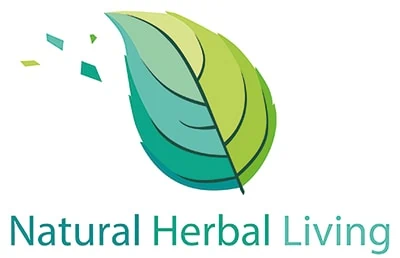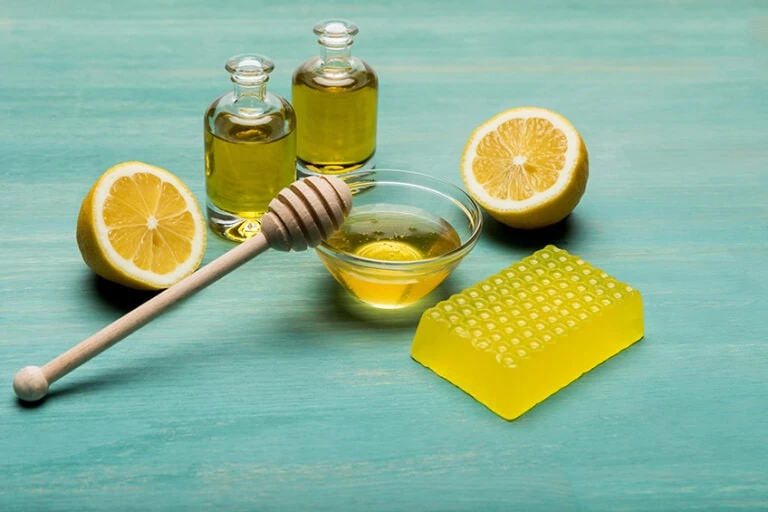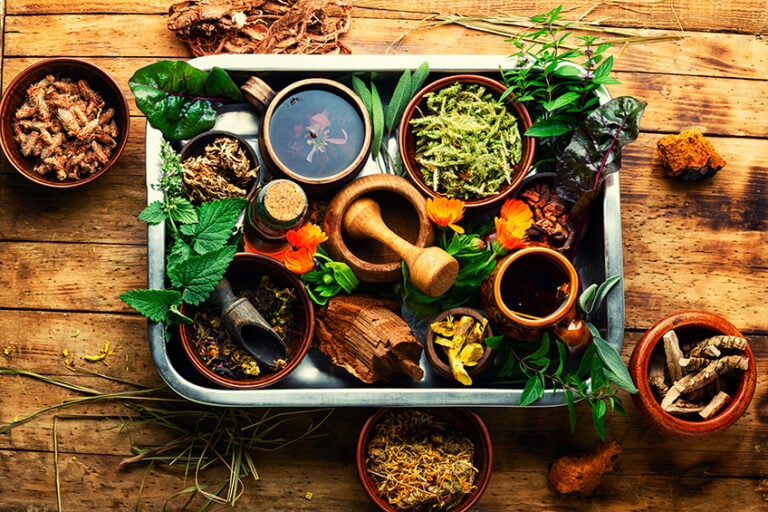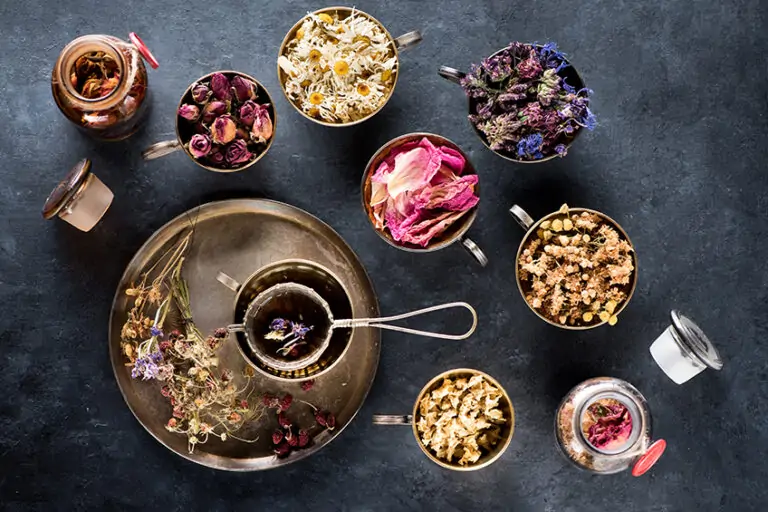Ginger Tea Recipe
This post may contain affiliate links. We may earn a small commission from purchases made through them, at no additional cost to you.
Common name: Ginger
Latin name: Zingiber officinale
Family: Zingiberaceae
Actions:
Stimulant, warming, digestive, carminative, anti-emetic, anti-nausea, diaphoretic, febrifuge, immunostimulant, anti-inflammatory, anti-coagulant, anti-thrombotic, anti-cholesterol.
Ginger tea is an amazingly simple way to experience ginger. It is one of my favorite ways to calm an upset stomach, and was a drink I always had on me when I was dealing with hyperemesis during my first pregnancy. I sip it daily to battle inflammation, and I often leave pieces of ginger in my tea pot to be boiled and added to any tea I may be making.
Ginger is made as a tisane not as an infusion. This means you boil the ginger in water in a lidded pot for about twenty minutes instead of just steeping it in warm water. If you are using fresh ginger rhizome, you can often boil the same plant matter a few times before tossing it into the compost pile. It holds a lot of the medicinal and flavor qualities for about 2-3 rounds of tea before you are done.
Notice that I am using fresh ginger rhizome and not dried ginger. Fresh ginger is slightly moist and warming but not as hot as dried ginger. Dried ginger is hot and drying and is much more potent than fresh. I prefer using fresh whenever possible unless I am trying to burn and dry something out like a wet cough.
Fresh Ginger Tea
Ingredients:
- 6 Cups Water
- 1-2 oz of fresh ginger (about 1-2 inches of the fresh rhizome)
- A pot or tea kettle
Directions:
Thinly slice or grate the ginger. Add it to a pot or tea kettle with the water. Cover the pot or tea kettle and simmer the water for 20-30 minutes. Strain the ginger from the water and enjoy! You can drink it alone, add honey, or add the ginger tea to dried herbs and use it to spice up an otherwise plain nourishing herbal infusion.
Contraindications:
Ginger is a blood-thinner, or anti-coagulant. It should not be combined with any pharmaceutical blood-thinner, such as heparin or warfarin. Because ginger is an anti-coagulant, it can cause excessive bleeding, so one should not take it when bleeding or within two weeks of surgery on either side.
Although ginger has a long history of use to treat nausea in pregnancy, and most practitioners regard it as safe for use in pregnancy, some practitioners warn against its use. Many women have used it throughout pregnancy, and still more have used it during first trimester, with generally excellent results, but caution may be helpful. Discuss it with your doctor or midwife, and if you decide to use it, try starting with a small amount and note how you respond.
As with all herbs, there is always the possibility of an allergic reaction or a sensitivity. People who find spicy food challenging to
their digestive systems may experience that with ginger as well, although it is a digestive herb in general. A few people have reported eye, mouth, or skin irritation from ginger.
Because ginger can lower blood pressure, people with low blood pressure should pay attention to any possible signs that it may be dipping too low. If this happens, licorice is a reliable aid for bringing the blood pressure back up. Drinking licorice tea or chewing on a stick of licorice root should resolve the problem, and combining ginger with licorice would be a good strategy for keeping the blood pressure stable.



